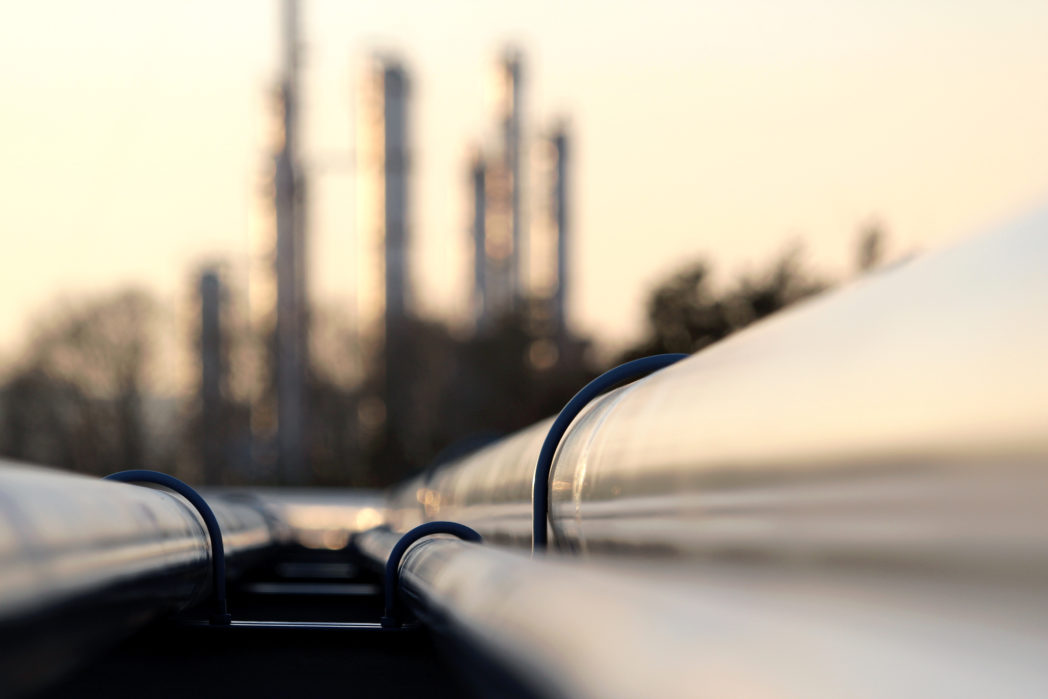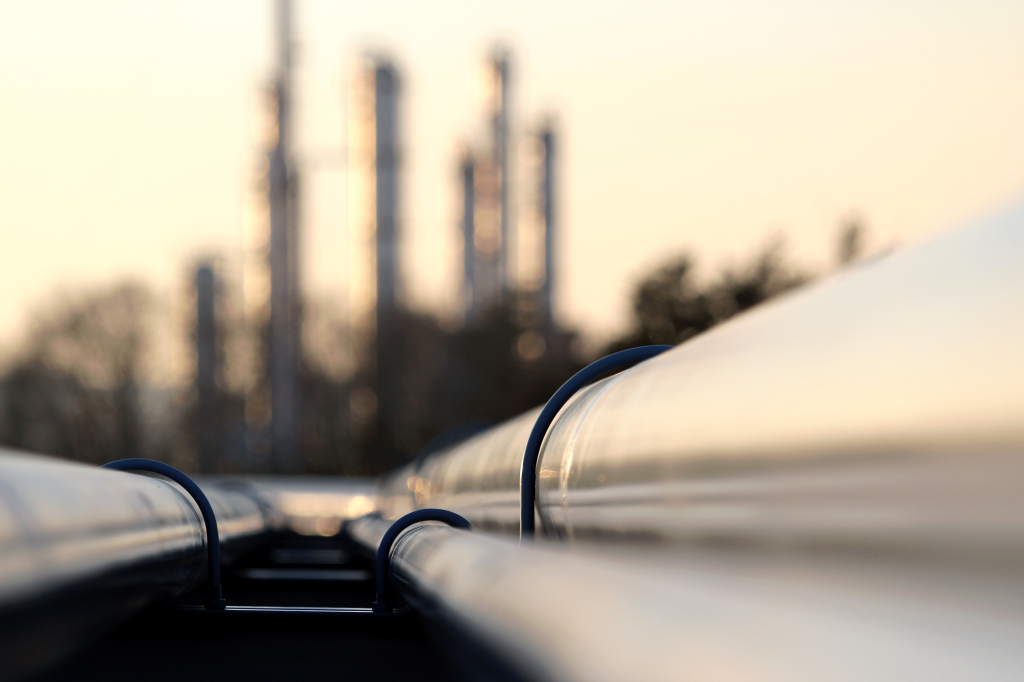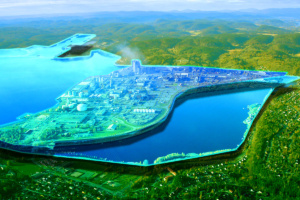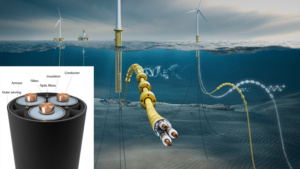Bloggers: Svend Tollak Munkejord, Håkon Ottar Nordhagen, Morten Hammer, Gaute Gruben and Stéphane Dumoulin
CO2 capture and storage (CCS) is an essential technology to mitigate climate change, as pointed out in the IPCC Fifth Assessment Report. To achieve this, large amounts of CO2 must be safely transported from the capture plants to the storage locations. Indeed, the amounts are comparable to today’s transport of natural gas.
Since the CO2-transport system will be large, it is essential to make it as efficient as possible, while maintaining a high degree of safety.
This has been a subject of study in the BIGCCS Centre for environment-friendly energy research from 2009 to 2016. The work has been funded by the Research Council of Norway, and the industrial partners Engie, Gassco, Shell, Statoil and TOTAL.
Validation for CO2 and nitrogen
A main result of this work is an advanced coupled fluid-structure model able to predict whether a leak in a CO2-transport pipeline will form a long running-ductile fracture. The purpose of this model is to enable the design of pipelines where this will not happen – without overdesigning. Our latest findings have just been published in an article in the Engineering Structures journal.
(The article may also be read in the form of a preprint.)
The coupled fluid-structure model was validated against crack-arrest data for CO2 and for a CO2-nitrogen mixture from the COOLTRANS research programme in the UK – with good results. In addition, we presented a method to calibrate the material model when there is limited data available – which is often the case.
Aiming to develop an engineering tool for safe CO2 transport
It is our aim that our model may form the basis for developing an engineering tool that can aid the safe design and operation of CO2-transport pipelines and avoid long running-ductile fractures. This is also thought to be of interest for the Norwegian full-scale CCS project that is currently under development.
Related blogs
- Understanding the forces at play when boiling CO2 drives a running pipeline fracture
- CO2 transport – safety and efficiency requires quantification
- Gas or liquid: new CO2 mixture property knowledge needed for efficient and robust CCS
- Flow of CO2 in pipes
- Why models are important for safe and efficient CO2 transport





















Comments
No comments yet. Be the first to comment!